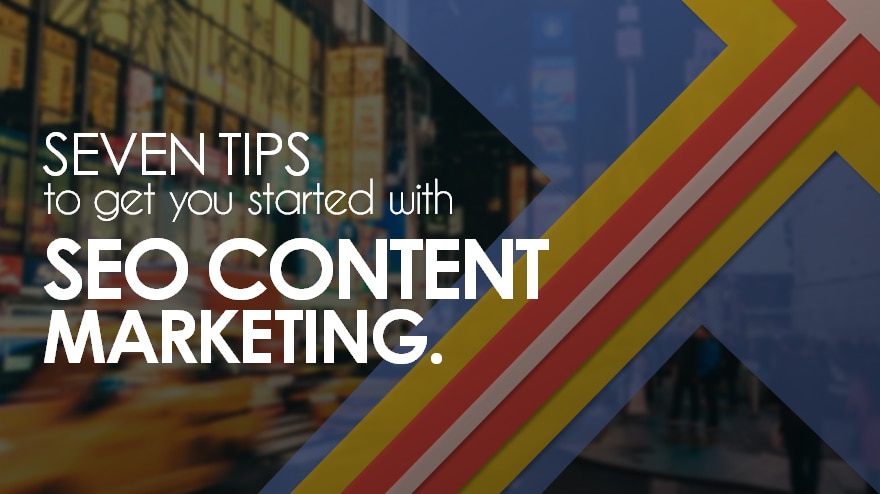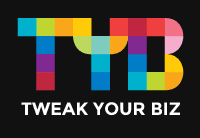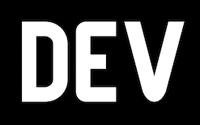
Seven Tips to Get You Started with SEO Content Marketing
Even if you are the least bit familiar with SEO and digital marketing, then too, you would know that content is the KING!
The primary reason for using the internet is still “looking for information”. Every search we perform, every page we bookmark, every click we make on various websites comes from the sole objective of finding the relevant information of our interests.
So, it’s quite clear as to why content is the king for SEO, and thus nothing can influence your search rankings more than quality content. This is mainly because the primary reason behind using the search engines is to find the pages that can give us relevant information about our queries.
If the contents you produce for your website is reliable and of high authority, then surely your site will get good rankings on SERP.
Considering the importance of every single click made by the targeted visitors, more and more companies are now using SEO to market their high-quality contents. And the first step towards doing that? Well, definitely having great content on your website. But how can you use the power of content to boost your search rankings? Well, here are a few tips that can come really handy:
Create Content As Per Your Target Audience
As mentioned earlier, your website content’s primary goal should be to attract your target audience and engage them. Thus, you should consistently come up with product pages, articles, and blog posts to effectively answer their queries.
This applies to every piece of content you might create for your business. Also, try not to make them appear as some sales advertisement every time; instead, try to produce something that the customer can instantly benefit from.
You can research and make a list of topics or questions your potential customers often come across. This will help you catch some inspiring content ideas to write on, which will undoubtedly widen the appeal of your website.
Plus, these high-authority and consumer-relevant niche contents will likely rank high on search engines and drive a myriad of targeted traffic to your website.
Choose Keywords Wisely
If you look at average internet users, they always tend to type short phrases/keywords while searching for something on the search engine.
So selecting the right set of keywords can prove to be really profitable in terms of organic ranking as well as traffic.
The good thing is you have plenty of online tools like Google Keyword Planner, Ahrefs Keywords Explorer, KeywordTool.io, and more to help you analyze and finalize the targeted keywords.
When you meaningfully and contextually infuse high search volume keywords in your content, it will automatically increase its chances of getting better search rankings. However, make sure to use the keywords sparingly, keeping in mind the context, and not just on every single sentence. This will help search engines deem your content as relevant and not as low-quality “crap” content.
The algorithms used by search engines can quickly determine the frequency and density of keywords used in the content. So, to make the content perfectly balanced for human users and search engines, you need to pick the right keywords and use them at appropriate positions correctly!
Apply the Right On-Page SEO
The on-page SEO cements the foundation strong for your website and also makes it SEO friendly. Keeping the on-page elements perfect would make your content even more effective. Here are the things you need to keep in mind when you will do the on-page optimization of your content.
The Title Tag
The title tag is imperative for SEO and ranking. Search engines use it to understand the topic of the content. So optimizing the page title with the relevant and most profitable keyword is crucial.
Needless to say, they also need to be catchy as they work as hooks. Just make them definitive to what they present inside the content.
The Image Alt Tag
Search engines are not capable of correctly reading images you use on the page content. They need something called the image alt or alternative tag to describe the image context. This is how search engines read images and understand the topic.
Therefore, using the relevant and contextually meaningful keyword in the image alt text is advisable and effective. You should also remember that missing an image alt or keeping it blank is a semantic error that may cause problems in SEO and ranking.
Meta Description
The meta description tag is nothing but a quick summary of your page content. However, it has an impressive amount of influence in increasing the possibility of a visitor clicking through your site.
So, always write clear meta descriptions with relevant keywords to create more chances for the users to click through your content from search engines.
Besides, if you can increase the organic click-through rate of your content, you may see a significant improvement in its search engine ranking. Ergo, a clear and enticing meta description is crucial.
H1 and Other Headers
Header tags (h1 to H6) are crucial in search engine optimization, especially the H1 tag. Well-written headers, coupled with proper keywords, make the entire content SEO friendly and easily readable.
Hence, when optimizing the content, make sure you use header tags in a logical and meaningful order. Also, use a few important keywords contextually to brief the paragraphs below each header.
Create Pillar Pages and Topic Clusters
Do you know what are pillar pages and topic clusters? Well, let’s find out what they are in the context of content marketing and search engine optimization.
The pillar pages will allow you to cover any broad topic by developing content on related subtopics or, as we call it, topic clusters. These will be linked to other pages and the pillar page.
So instead of creating separate blog posts for every specific keyword, you can use the topic cluster model to make things work better for you. This will help the search engines know about every single page on your website. They may later branch out into different content pages.
Benefits? Well, Google may rank more pages from your site and allow the visitors to find the perfect information they are looking for. The entire process becomes very easy, as all your pages are internally linked together.
Create More Inbound Links to Your Pages and Posts
No one can deny that the inbound links or backlinks play a huge role in your SEO and marketing strategy. If you acquire a large number of high-quality backlinks from other relevant and authoritative websites, Google will count yours as a worthy site full of resourceful content.
There are numerous different ways through which you can build backlinks for your website. For example, you can use email outreach campaigns. According to some SEOs, this might not be the best of link building methods, but it can still give you an average 21.9% response rate.
If you want to make things better, you can unleash powerful guest-post link building campaigns. You can directly connect with several high-authority bloggers from your niche and author top of the line contents for their blogs in return for backlinks to your site.
Apart from that, you can also look at the HARO (Hire a Reporter Out) method and connect with a handful of relevant journalists and reporters. Help them complete their reports and stories with your subject matter expertise and get an implied link or backlink to your website in return.
Make Use of the Power of Internal Linking
Just like you acquire inbound links for your site, make sure you create logical internal links as well.
For example, if you mention a topic in an article, which you have extensively touched before in some other post, feel free to link the previous post from the current one. The same goes for your product/service pages as well.
This will allow your visitors to have a more immersive experience and even browse through your old posts. Plus, contextually coherent internal linking will help search bots crawl and index your pages/posts faster and more effortlessly, which will be ultimately converted into high search engine rankings.
Be a Thought Leader
This simply means that you should never give up on brainstorming innovative ideas in a new way and dare to publish them online. Sure, there can be hundreds of creative writers talking about new ideas, but that should not hold you back from writing your own.
But how can you frame common topics into a new perspective? Well, that’s the challenge you need to take on and come up with something that can satiate the requirements of your targeted audiences and customers. Make sure you write something original and precise about the topic your audience is looking for. Don’t give them mountains if they are asking for a sea!
Also, feel free to introduce anecdotes and humorous things in your posts. It makes the content much more appealing and different from the rest. However, make sure they fit in fine.
Besides these, you should also invite other influencers in your industry to put their two cents in your blog posts. This immediately uplifts your authority and unveils your clout.
Bottom line
There can be no denial that the blueprint of great SEO and ranking will always include top-notch content. When done correctly, content marketing will improve your chances of acquiring more and more visitors and add immense value to your brand, products, and services.
Also, keep in mind that while working on your on-page SEO strategies, you should also invest in the off-page SEO equally. This includes acquiring powerful inbound links and nurturing your own contents with internal links. Always remember, it’s the inbound link that gives your great content the additional boost to excel. If you have high-quality, reliable content, people will surely refer and link back to it.
So there you go; seven tips to get you started with SEO content marketing. If you like this post, please feel free to opine your views in the comment section below.
Signing off now, see you soon!









